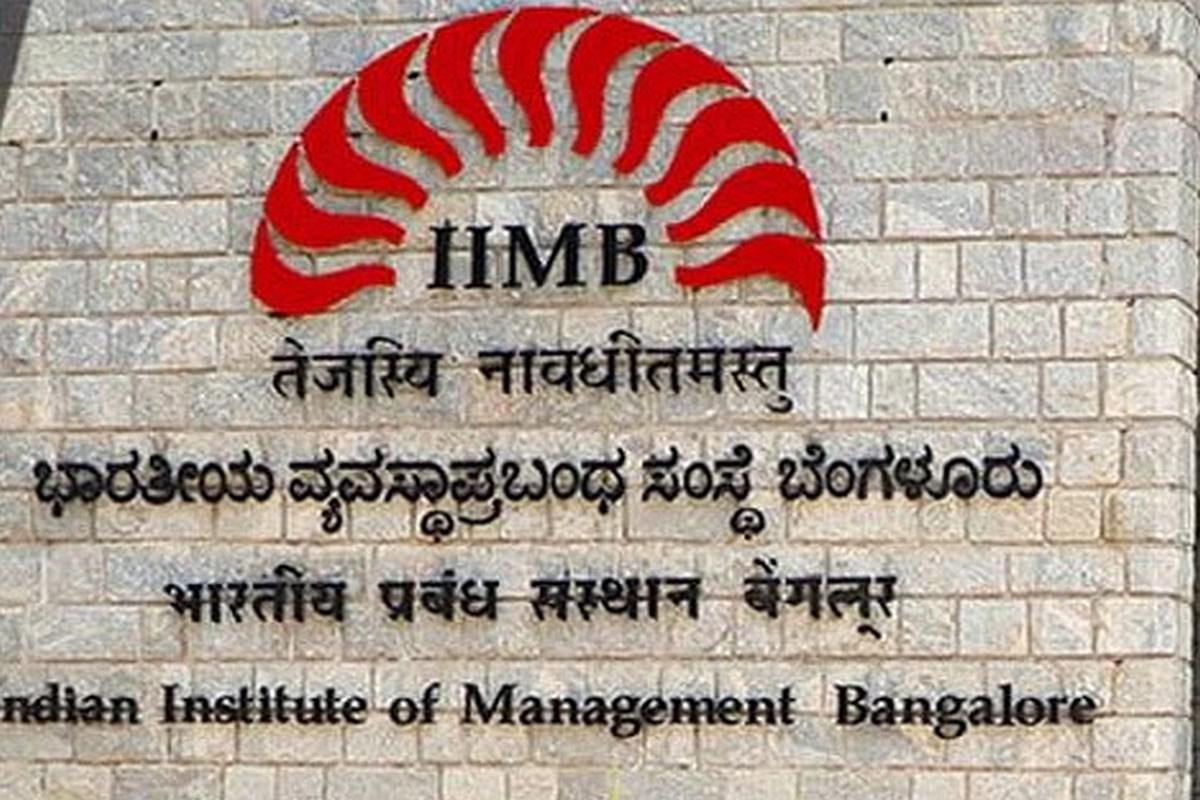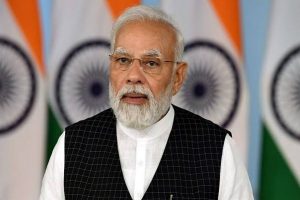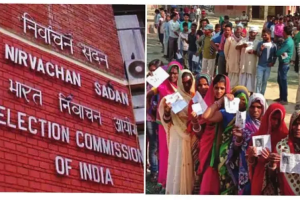Our built environment is the site of a “million little mutinies,” to paraphrase V. S. Naipaul. We have built more in the past twenty-five years than the fifty before. Geographically, our cities have expanded more in the past seventy-five years than in the previous two to three hundred years. Old Delhi is a blip on the map of Delhi NCR. And, we have not done well.
We did better once. After independence, India did not just establish great centres of learning. These institutes were also great built statements. The first IITs, IIMs, NIFT, cultural centres, secretariats, state parliaments, social housing and others became exemplars of what architecture could be. They were proof of our aesthetic maturity and were recognized globally.
Take just two examples: IIM Bangalore and Bharat Bhawan Bhopal. The first is recognized in B. V. Doshi’s oeuvre by the Pritzker committee. The second, by Charles Correa, can even now be found on the walls of the finest architecture schools in the world as a precedent study. Our architecture was both original and socially progressive. Furthermore, these projects were also testimony to enlightened bureaucrats and polity.
But no more. Today, although our centres of learning have multiplied, they suffice only as facilities. Most of them are, at best, mundane in terms of architecture. We have almost four hundred new private University campuses, countless new IT complexes, new housing, various new IITs and IIMs, new schools and other institutes, but rarely do any of them encapsulate even an iota of architectural sensibility. The same is also true of the new parts of our cities.
Only the boundary walls have any urban rationale and it seems that only the guards and gates have a stake in the public domain; the rest of us hide behind these walls, busy in our own private little world: a thousand little mutinies thus ensue.
Two questions here are: Why do these new buildings have such poor design? And how can we ensure that our architectural abilities are exercised again? The first question leads to finger-pointing, but one thing is clear. We do not lack good architects. But, and this answers the second question, we do need to improve the selection process of architects/design as well as how new projects are envisioned.
In Europe, projects over a certain threshold can be awarded only through a public competition. The directive 2014/24/EU regulates how to run competitions (open, restricted or negotiated) with particular emphasis on the announcement of the contest and on the anonymity of the submission.
In India, the Council of Architecture (CoA) also has elaborate competition rules. This procedure can easily be adopted. This is not a new or novel suggestion. Gautam Bhatia, who was placed second in the INGCA competition in the 1980s, decried the lack of such a procedure and how it foreclosed good design.
Some sense of competition is even now deployed. But four caveats need to be added here. First, the consultancy fees bid as part of the competition need to be removed. A procedural committee (and design jury) should work out the fees beforehand. If an architect agrees to the fees, s/he participates. Too often, poor schemes or desperate ones quote so low a fee that neither design investigation nor proper consultancy services can be provided. Consequently, design suffers.
Second, the financial eligibility for participating cannot be set very high. Louis Kahn, the original architect of IIM Ahmedabad may not have qualified for its extension. Similarly, young architects should be allowed to team up with older firms to ensure their participation. In the present system, Daniel Libeskind would never have won the Jewish Museum in Berlin, nor be able to build it.
Third, the brief to the competition should be better developed. For example, concerns for sustainability could demand that concrete may not be used. Such projects will then give impetus to new building practices.
Fourth, bureaucrats or others as jurors may not be repeated. And quality can be assured by allowing previous winners to be part of the jury. In short, genuine competitions with impartial juries will facilitate better designs and also allow the profession to flourish.
This system also must extend to urbanism. In India, urban design is largely an academic endeavour. Drive to the periphery of any Indian city where developers are hawking new housing schemes. All of these schemes have retreated behind their setbacks. There is no walkway between the plots, no sense of a larger neighbourhood, no urban facilities, and often, not even a common green space. Each plot has its own “club,” its own swimming pool. We are destined to live in private enclaves, drive private vehicles, study in private universities and so on; the public sphere is dammed.
To stem this, developers’ housing schemes must consider beyond their own plots. A 15-minute walkable safe city, where all facilities are within reach, is better than a gated 2-minute private enclave. The same goes for redevelopment projects.
For example, when Kyoto multimodal station was to be reconstructed all international architects submitted entries, including a brilliant one by Tadao Ando. It redefined the urban image of the area, as did Pompidou Centre in Paris. Nothing like this happened with the Ahmedabad Railway station redevelopment.
India’s population today exceeds earth’s total population in 1850. We must design better. And, we can design better.
(The writer was educated at MIT and Princeton and has held administrative positions at various universities in India. He is associated with Vastu Shilpa Foundation, Ahmedabad.)










